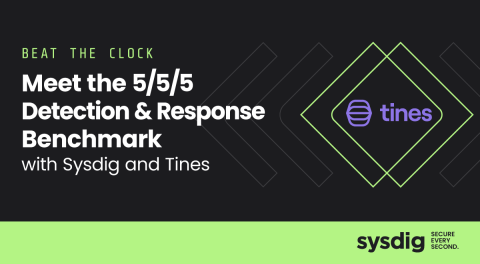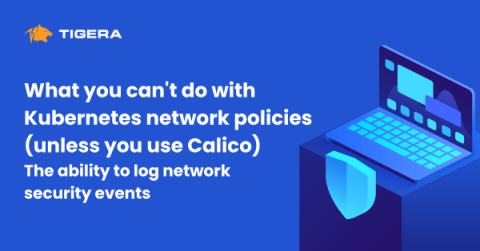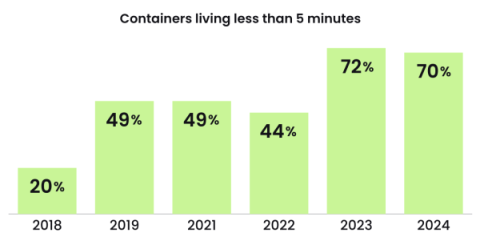Unlocking the Power of Kubernetes Operators: 7 Reasons They're a Game-Changer
Organizations are increasingly relying on Kubernetes to orchestrate and manage their containerized applications. While Kubernetes offers a powerful framework for deploying and scaling applications, managing complex applications manually can be a daunting, error-prone, and lead to a multitude of security issues. One of the primary challenges lies in the sheer complexity of managing multiple components across a Kubernetes cluster.











